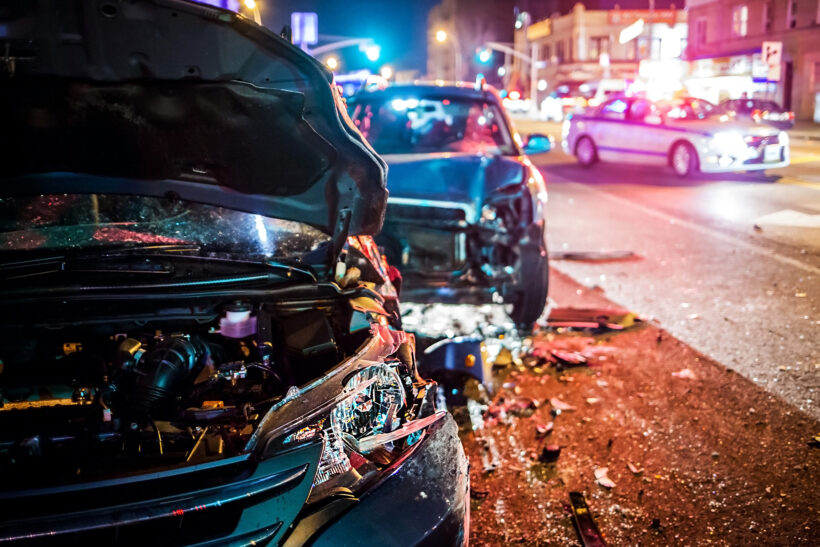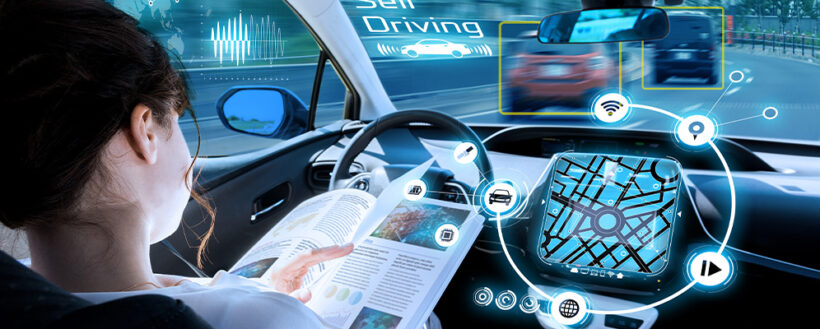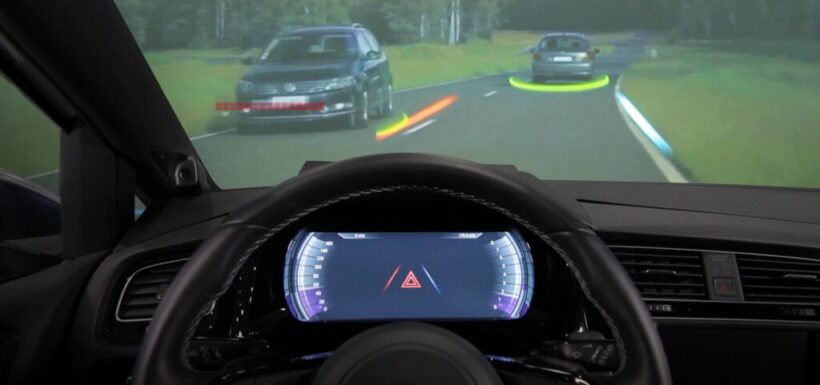Car accidents, once a ubiquitous peril of the open road, are becoming less common thanks to technological advancements. Every year, countless lives are lost or forever changed due to vehicular incidents, making the pursuit of accident prevention technologies a high priority.
This post will delve into how technology is playing a pivotal role in making our roads safer for everyone. From early-warning systems to automated driving, technology is rewriting the script on road safety.
Understanding The Root Causes To Design Solutions

Before delving into the tech solutions, it’s crucial to grasp the common causes of car accidents. Human error often tops the list, with factors like distracted driving, speeding, drunk driving, and running red lights being leading culprits. Weather conditions, road designs, and vehicle malfunctions can also be blamed.
Recognizing these causes, technology companies and automakers have invested billions into innovations targeted at mitigating these risks.
- Advanced Driver Assistance Systems (ADAS): These systems, found in many modern cars, offer features such as lane departure warnings, blind-spot detection, and forward-collision warnings. By alerting the driver to potential hazards, ADAS acts as a second pair of eyes, reducing the chances of collisions caused by human oversight.
Automated Driving And Self-Driving Cars
While fully autonomous cars are still a subject of ongoing development and debate, semi-automated driving features are already prevalent. These technologies take over certain driving functions to either assist the driver or temporarily relieve them of control.
- Adaptive Cruise Control: Unlike traditional cruise control, adaptive systems adjust the car’s speed based on the traffic ahead, maintaining a safe following distance.
- Automatic Emergency Braking: This system detects an impending collision and applies the brakes if the driver doesn’t act in time.
- Self-parking Features: By automatically handling the task of parking, this reduces the chances of parking-related bumps and scrapes.
Vehicle-To-Everything (V2X) Communication

This technology allows cars to communicate with each other and with infrastructure like traffic lights and road signs. With V2X, vehicles can be aware of what’s happening around corners or behind other vehicles, preventing potential accidents.
- Intersection Movement Assist: Warns drivers when it’s unsafe to enter an intersection.
- Do Not Pass Warning: Alerts drivers when it’s not safe to pass a vehicle on a two-lane road due to oncoming traffic.
Enhanced Vision Systems
Reduced visibility is a major factor in many accidents. Technologies have been developed to help drivers see better in challenging conditions.
- Night Vision Systems: Using infrared technology, these systems can detect pedestrians, animals, or objects in the dark, well beyond the range of headlights.
- Pedestrian Detection and Avoidance: These systems can identify pedestrians in or near the roadway and warn the driver or apply the brakes to avoid a collision.
Telematics And Driver Feedback

By monitoring a driver’s behavior, telematics systems can provide feedback to encourage safer driving habits. Insurance companies often use this data to adjust premiums based on driving behavior.
- Hard Braking Alerts: Notifying drivers when they brake too hard, which could be a sign of distracted or aggressive driving.
- Speed Alerts: Warning drivers when they exceed posted speed limits or their own set thresholds
Infrastructure Improvements Through Technology
Not all technological solutions are embedded in vehicles. Some are part of the environment.
- Smart Traffic Lights: These adjust signal timings based on real-time traffic conditions, reducing congestion and the likelihood of accidents.
- Road Surface Sensors: These can detect adverse conditions like ice or water buildup and relay that information to drivers or traffic management centers.
Driver Fatigue Detection

Long drives, especially at night, can cause drivers to become drowsy, leading to slower reaction times and impaired judgment. Modern systems are now in place to monitor signs of driver fatigue.
- Eye Tracking: Cameras inside the car monitor the driver’s eyes for signs of drowsiness or distraction, issuing an alert if the driver appears to be losing focus.
- Steering Pattern Analysis: By analyzing patterns in steering, the system can detect erratic movements consistent with a drowsy driver.
Smartphone Integration
With the proliferation of smartphones, the potential for distracted driving has skyrocketed. To combat this, technology companies and car manufacturers have collaborated to create safer ways for drivers to use their phones.
- Apple CarPlay and Android Auto: These systems mirror certain smartphone functions on the vehicle’s infotainment screen, allowing drivers to navigate, make calls, and send messages using voice commands without handling the phone.
- Do Not Disturb While Driving: This feature automatically detects when someone is driving and mutes notifications, reducing temptations to check the phone.
Augmented Reality (AR) Head-Up Displays

The future of driving may well include augmented reality overlays on the windshield, providing drivers with a plethora of information without taking their eyes off the road.
- Navigation Overlays: Instead of glancing at a screen, directions are superimposed on the real world, showing exactly where to turn.
- Hazard Highlighting: The system can highlight potential hazards in the driver’s field of view, such as pedestrians or roadwork, ensuring they’re not overlooked.
Data Analysis And Predictive Technology
With the vast amounts of data being generated by modern vehicles, algorithms can now predict and prevent potential hazards by analyzing trends and patterns.
- Predictive Maintenance: By monitoring vehicle health in real-time, drivers can be alerted to potential mechanical failures before they become dangerous.
- Traffic Flow Analysis: By analyzing traffic patterns, these systems can suggest alternate routes or optimal departure times, reducing the risk of accidents in congested areas.
In Conclusion
The marriage of technology and vehicles presents an incredibly promising horizon for road safety. From combatting driver fatigue to intelligently integrating smartphones, every innovation inches us closer to an era of reduced accidents and safer roadways. The rise of augmented reality and the power of data analysis offer a glimpse into a future where cars are more than just vehicles—they’re intelligent partners in our journey.
As technology continues its relentless march forward, it’s heartening to know that one of its primary destinations is the well-being of all road users. With these advancements, we look forward to a time where the road is less a place of potential danger and more a space of assured safety.

